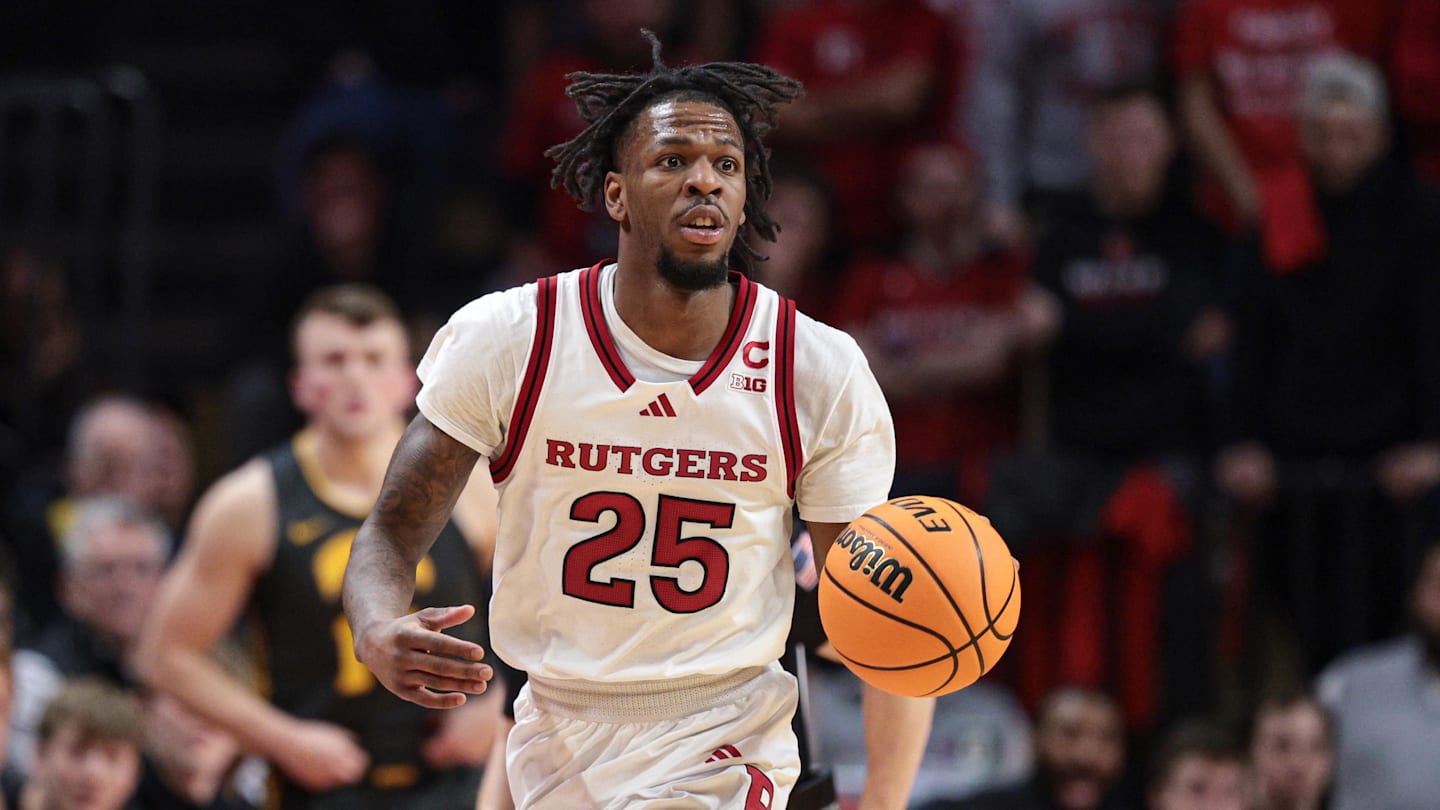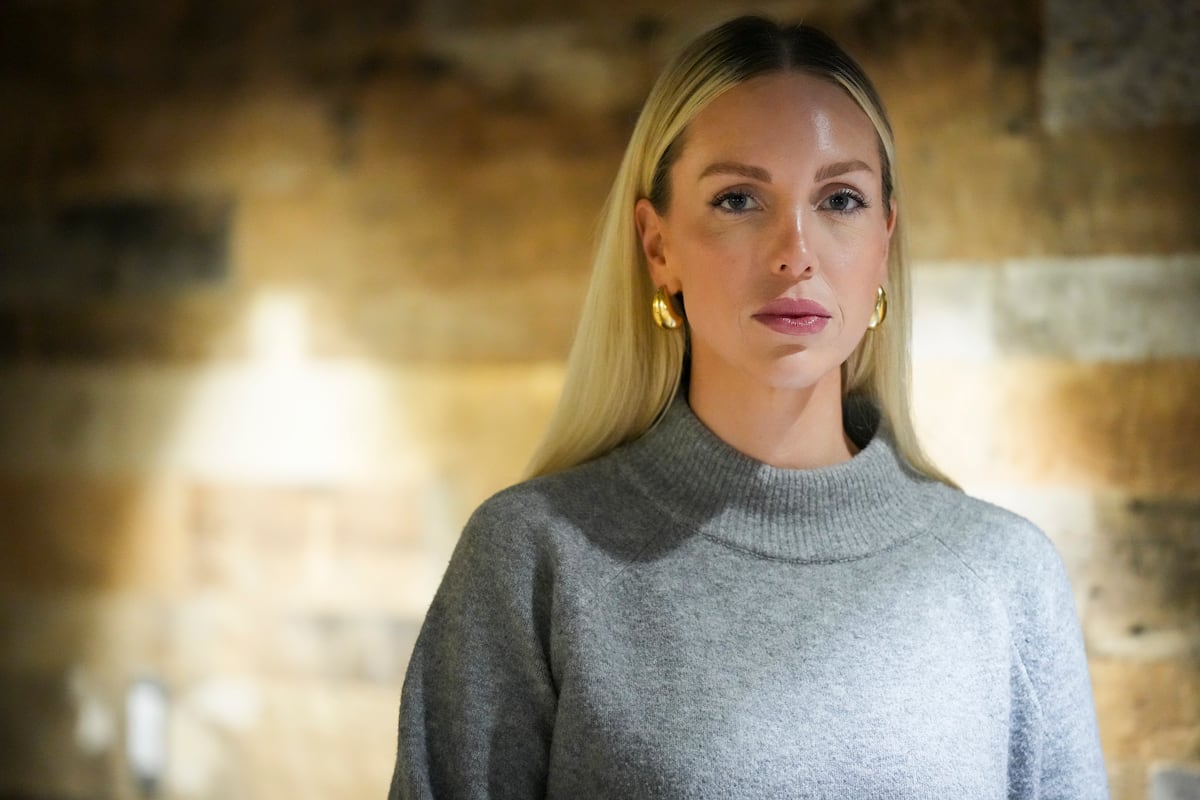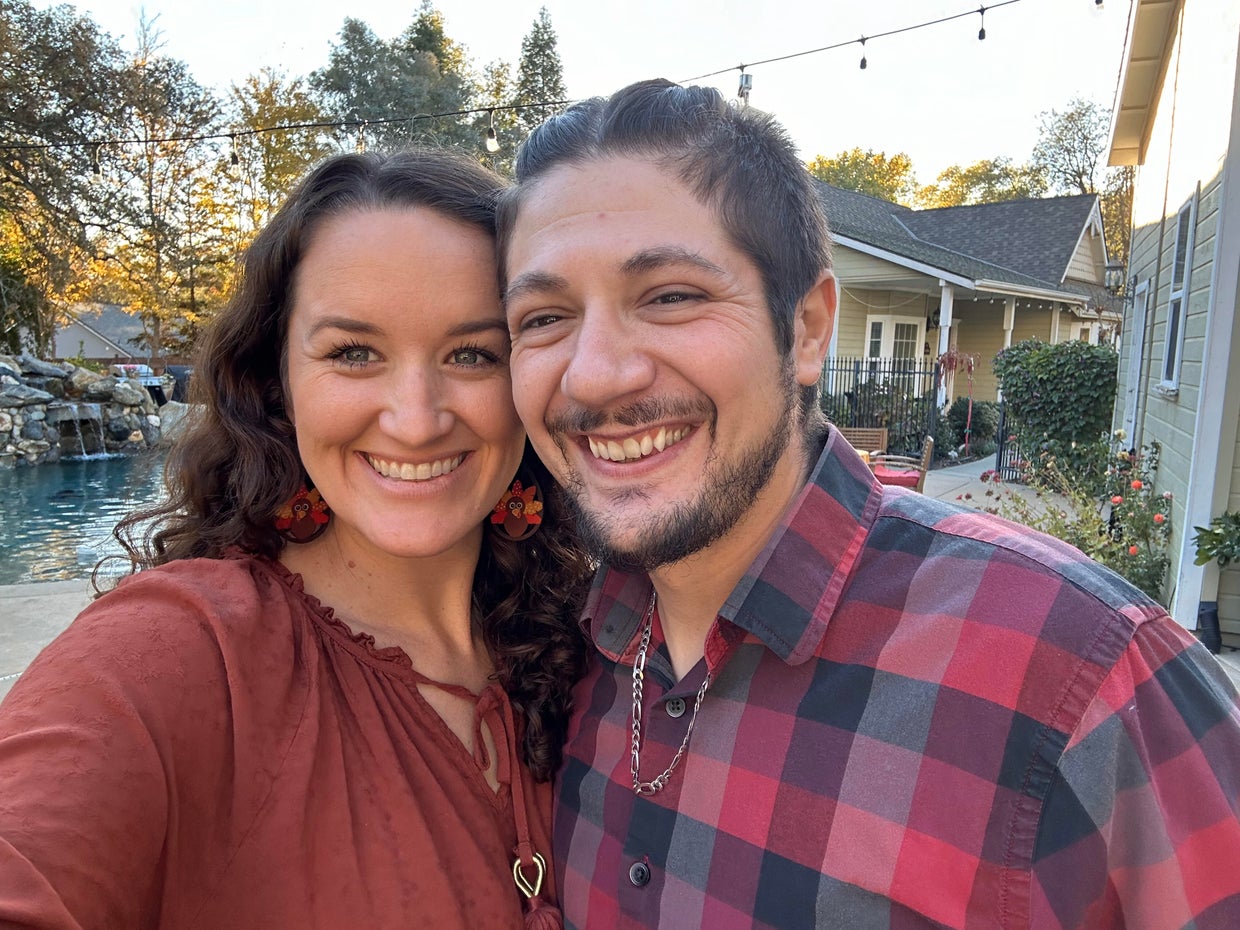Note to readers • This story discusses sexual assault. If you need to report or discuss a sexual assault, you can call the Utah Rape and Sexual Assault Crisis Line at 801-736-4356.
The University of Utah had no obligation to help a sex assault victim — even though she was allegedly raped by one of the school’s football players — because the attack happened off campus, according to a federal judge.
That significant ruling issued last month from U.S. District Court Judge David Barlow now dismisses the U. from the lawsuit filed by Marissa Root, bringing her high-profile case to a quiet end after more than three years of fighting.
“Because this record does not supply the required nexus between the university and the off-campus party at a private residence, the university cannot be liable under Title IX,” wrote Barlow in his decision. That’s the federal law that charges universities with ensuring students receive education without sex-based discrimination; it also mandates that schools operate offices that provide support to students who have been sexually assaulted.
Root’s December 2021 filing had initially drawn widespread attention when she alleged that both the U. and Utah Valley University, where she remains a student, both declined to provide her any resources after she reported being assaulted. UVU was previously released from the case in 2023, when Barlow similarly determined that the Orem school had no responsibility because the alleged attacker wasn’t a student there.
Ultimately, Root has said that neither school helped her when she first reached out with allegations against the player. With both now dismissed from the case, it’s left her questioning: Where should victims go for support? Where can they get assistance?
“I had barriers at every single turn, from the hospitals to the universities to the police department to the district attorney,” she told The Salt Lake Tribune. “For me, now that this has been dismissed, there wasn’t an avenue that I got to feel heard in.”
The Tribune generally does not identify victims of sexual assault, but Root has agreed to the use of her name.
From the beginning, Root says the process for her to report the assault was marred by missteps. That included, she said, a hospital nurse telling her she’d have to pay for her own rape kit, which is not correct; staff later realized the error, but not before Root said she had a panic attack in the emergency room and it nearly stopped her from moving forward.
The Unified Police Department, where she ultimately reported the alleged September 2019 assault, also lost critical evidence in her case — a recording of the U. football player, Sione Lund — and delayed sending in Root’s DNA test for months, according to court documents.
Without the recording, and with Lund refusing to come in again when the department noticed it was gone, prosecutors told Root that moving forward with a criminal case would be severely hampered.
Lund, a former linebacker who was dismissed from the team when charges were later filed, was ultimately sentenced in April 2023 under a plea deal to 30 days in jail. He was originally facing two felony counts of rape and forcible sodomy; he pleaded guilty to one felony count of attempted forcible sodomy.
(Trent Nelson | The Salt Lake Tribune) Sione Lund, a former University of Utah football player, at a preliminary hearing in West Jordan on Thursday, July 28, 2022.
A U. spokesperson responded to the judge’s latest ruling with a statement calling it “a tragic case with far-reaching implications for everyone involved.” The school, the statement said, is committed to preventing violence and making sure “students feel safe, supported and heard.”
It continued: “We hope Marissa and the people who love and support her find opportunities for healing from this traumatic experience.”
Root, now 29, feels the school could have done more to help her heal but chose not to.
“I have to heal on my own from what happened,” she said. “… But even though I have been silenced over and over and over again for over five years, that forced me to find my own voice. And that’s never going away.”
What the ruling means
Root had argued in the lawsuit that both schools showed deliberate indifference and left her to deal with the alleged assault alone.
As a UVU student, she argued, the school should have been obligated to help her. And she asserted the U., where the football player attended, also could have provided her resources.
But under the judge’s ruling, a college does not have to help victims or survivors of sex assault — even if they are students there — if the alleged assault did not happen on campus or at a school-sponsored event.
The brief seven-page decision from Barlow said the U., specifically, didn’t have substantial control based on the location of the alleged attack to make the school liable for responding to it. It didn’t own the property — a private residence in Holladay owned by Lund’s parents — and it didn’t organize or sponsor the party that Lund held there that night.
That varies widely, Barlow said, from a location like a fraternity house where a university would have some jurisdiction, even if technically off-campus, because it sanctions the activities.
That goes against, though, what most advocates had thought Title IX ensured and what guidance at the time from the Department of Education suggested.
S. Daniel Carter, president of SAFE Campuses, LLC, previously said Title IX does not instruct schools to send their own students to the school of an alleged perpetrator for help. But even if it did, the second school should also have felt some responsibility to offer assistance.
“Legal requirements aside, a ‘pass the buck’ system can be deadly,” Carter has said.
The U. had previously filed a motion in the court in August, calling for the case to be dismissed. The school’s attorneys argued, in line with Barlow’s ruling, that the university cannot be responsible for what its students do off campus in situations it doesn’t control.
That would leave schools broadly open to lawsuits and “expand liability” beyond what the law says, they asserted. Barlow only ruled on that part of the U.’s arguments, suggesting it was enough to dismiss the case.
But the U. went further in its filing to say it also didn’t owe Root anything because she was not a student at the university entitled to resources there. They called her “a nonstudent without sufficient connections to the university,” saying her arguments that she attended several sporting events and often studied at the U.’s library were not enough. It would leave them responsible, the school said, for every person who ever walked on campus.
And the university argued it also didn’t know of any prior instances of alleged sex assault with Lund that would make it responsible for taking action against him.
Root contends, though, that the U. knew Lund was “an unsafe person.”
“He was defended. He was protected,” she said. “That was my biggest worry and why I wanted to go in there and make a complaint in the first place, so they understood there was a person on their campus who was a huge risk and a huge danger.”
Discovery in the lawsuit notes that Lund had previously been placed on probation by the U.’s football staff for being under the influence of drugs or alcohol at least twice, in violation of team policy.
He was disciplined both times, the U. said. But that didn’t make him a red flag to potentially assault someone, they contended. And though school policy instructs players to treat women with respect and not drink, that doesn’t mean the school has control over whether players follow it, as Lund’s attorneys argued.
The judge agreed with the university.
Barlow wrote: “Reliance on the 2019 Players Policy Manual’s general instruction that football players should treat women with respect both on and off campus does not mean that the university has control over the context of virtually every off-campus location in which one or more of its athletes attends a private party.”
The University of Utah had originally used similar arguments when it denied responsibility for the death of student athlete Lauren McCluskey in October 2018, saying her attacker was not a student so the school didn’t have any authority over him.
That prompted concern among students about the implications, including when their university would be obligated to protect them. The U. ultimately settled the case with McCluskey’s parents, acknowledging it was aware that McCluskey reported her concerns several times to the campus police department and housing officials and the school failed to take them seriously before she was killed outside her dorm.
(Photo courtesy of Jill McCluskey) In this undated photo, Lauren McCluskey makes the “U” with her hands.
What happened in the criminal case
Root had just started her sophomore year in fall 2019 at Utah Valley University when she went with a group of friends to the party at Lund’s parents’ house, she detailed in her lawsuit. Most of the men at the party were University of Utah football players, she said.
She later told police that at some point, Lund isolated her in his room. Root told him, “No,” several times, according to the charging documents, and repeated that she did not want to have sex with him. The police documents state that he then allegedly forced himself on her, as well as allegedly forced her to perform a sex act on him.
Root went to a hospital after with two friends. Following that, she sought help at UVU, where staff said she should talk to the U. instead, since the reported attacker was a student there.
Root argued in her lawsuit that the U. declined to help her and said their obligation was instead to the player, who was their student. She said the advocate there never asked for his name and dissuaded her from saying it.
The university said in its filing that the Title IX employee felt Root did not want to name her attacker and didn’t press her on it. That’s the first time that detail, gathered during a deposition, had been disclosed.
The U. said in a statement for this story: “After Root made an initial report to the University of Utah’s Office of Equal Opportunity, staff repeatedly reached out to her to try to ascertain the name of the perpetrator.”
Root denies that. When the school later learned it was Lund, after police in February 2020 started interviewing members of the football team about the case, the U. says he was suspended indefinitely and removed from the team.
The school also says it provided training for all football players about preventing sexual assault three weeks after Root told the U. staffer what happened.
Meanwhile, police bungled Root’s case, according to both her lawsuit and statements from the Unified Police Department in the court docket. The original detective failed to make any significant notes in the files for roughly two years. And the recording of Lund was not saved.
That detective later resigned. And when Root and her mom called the department for an update, the sergeant who answered couldn’t initially find her report. “We’re going to figure this out. But there’s nothing in your case file,” Root remembers him saying.
She was devastated. “I lost it. I became so emotional,” she said. “I’d been doing this for two years and there was nothing.”
She had to repeat telling a new detective everything she had already recounted about the assault. Given the hurdles, prosecutors later worried about taking the case to trial, Root said.
Root went forward with a plea deal; her biggest ask was that Lund be added to the sex offender registry, and he was. His name was ordered on the list for years.
“Although I did agree to this plea deal because I want closure,” Root said on the day Lund was sentenced, “it does not change the fact that he is guilty of rape.”
Lund apologized to her. But members of Lund’s family sat in the courtroom and audibly scoffed when Root spoke. The judge in the case, 3rd District Court Judge Kristine Johnson, addressed that behavior and said she found it “incredibly troubling.”
“This was not consensual sex,” Johnson said. “Let me be crystal clear.”
Root’s life now
Nothing in the process went how she hoped, Root said. Still, she said she would go through it again.
“It took five years of my life,” she said. “But I did my best to protect other women.”
For the first time, with the lawsuit now closed, Root spoke openly about the trauma that feels like a constant shadow.
“I think that this will forever affect me,” she added. “He got 30 days. I got a life sentence.”
Because of the assault, she said, she was “emotionally comprised.” She feels she made self-deprecating choices that she wouldn’t otherwise have. She says she didn’t consider herself worthy of anything, which destroyed her relationships.
That feeling hasn’t gone away entirely. She’s married now, though, with a 2-year-old daughter.
Root is also pushing to finish her degree at UVU. Her timing for that fell off track, she said, after the attack; and she moved all her classes online, uncomfortable to be on campus at a school she said didn’t support her. She’s expecting to graduate this fall with a degree in public relations.
She said she wants to be an advocate for victims and survivors of sexual assault.
“It is a hard journey to go through the justice system,” she said.
Choking back tears, Root said she knows she deserves to be heard, and she will teach her daughter that.
“I get to have that confidence that I didn’t give up,” she said. “I fought for myself when no one else did. … A lot of times we don’t get justice. As hard as that is, that’s not what’s the most important thing. The most important thing is that I used my voice when there are thousands of women who don’t get to use theirs.”
(Bethany Baker | The Salt Lake Tribune) Marissa Root, seen here in Salt Lake City on Friday, March 21, 2025, had her lawsuit against Utah Valley University and the University of Utah’s Title IX offices thrown out after years in the legal system. Root says she received little assistance from the the offices after reporting a sexual assault in 2019.






